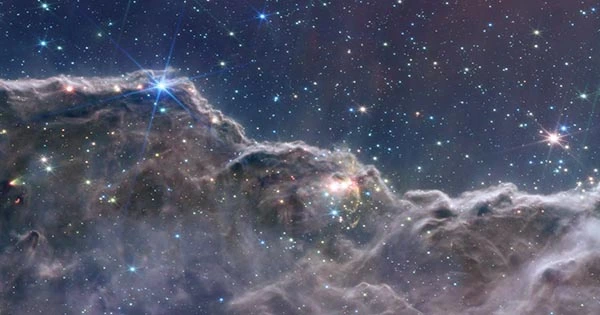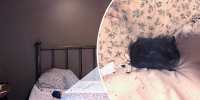You can approximate the stunning view of WR 140 as seen by JWST by imagining placing a dazzling jewel in a shadowy pond. The binary system’s ripples, which are gigantic shells of mainly hydrogen gas that one of the developed partners has shed and is now lighted by the heat of the stars, have expanded into space.
The object in issue belongs to a class of aging stars known as Wolf-Rayet stars, which are notorious for being extremely hot and brilliant. R136a1 is a Wolf-Rayet star, the most massive star ever discovered. It is interesting to examine this system and others with JWST because WR 140 is one of the brightest of this type observable in the Northern Hemisphere and a prime target for infrared observations.
Two stars make up the system. One has a Wolf-Rayer mass that is 20 times that of the Sun. The second star has a mass of 50 suns and is a hot, brilliant star that is still consuming hydrogen. They move in an extremely eccentric orbit around one another every 7.9 years. Their stellar winds collide as they move in a highly eccentric manner, altering the system’s infrared emission and forming the visible ripple structure.
Ryan Lau from the Institute of Space and Astronautical Science in Japan made the observations of the system as part of a project. Melina Thévenot and Judy Schmidt, two independent citizen scientists who also contributed to some of the amazing JWST photographs of galaxies and stunning vistas of Jupiter, processed the images.















